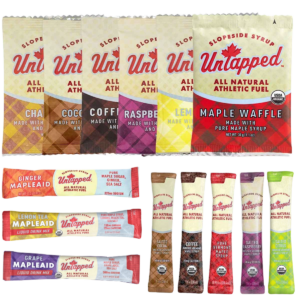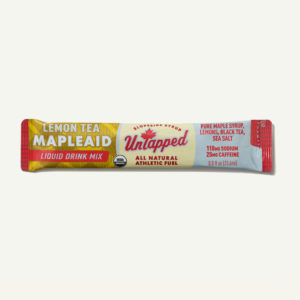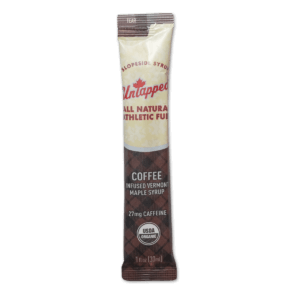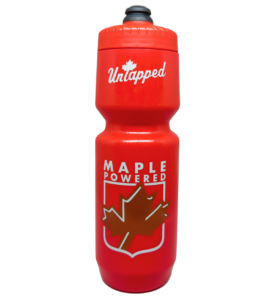So you’ve got your hands on a gravel bike and a friend convinced you that you should join them on a gravel ride — or maybe even a race. Given the booming popularity of gravel cycling, this scenario is happening all the more often. What isn’t necessarily happening is that friend giving you the tips and tricks about how to pack for the upcoming ride, so we’re here to help!
First things first, you could get away with fitting the basic necessities into a jersey pocket, but your best bet is to start with some sort of bag to carry all these goodies. A saddlebag is the most common bag with handlebar bags quickly gaining tremendous popularity, perhaps for their ease of access to your goods as much as their newfound hip factor.
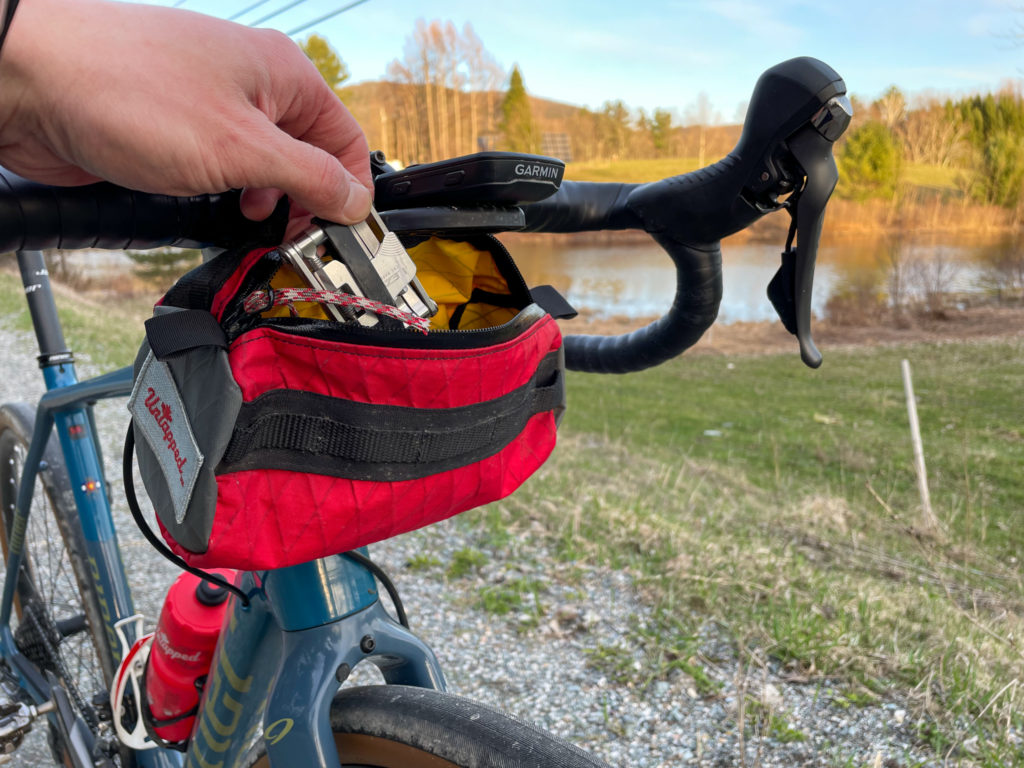
Beginning with tools, at the bare minimum you’ll want a spare tube and some sort of inflation device, so either a CO2 or hand pump. A flat tire is the most common cause for a “mechanical” stop and the tube-air combo will quickly get you back up and running. Depending on how well you can remove and reinstall a tire, a tire lever or two might be a terrific addition, as well as some practice in the comfort of your own driveway before you’re doing it in the heat of the moment trailside. Seemingly more and more bikes don’t have any kind of quick release to remove the wheel from the frame, so a basic multi-tool with various allen keys is nearly a must. A more complex multi-tool with a chain breaker and a couple T-tools (i.e. T25 and T35) that isn’t a bad idea. If that previous sentence reads to you like jibberish, that’s fine too and please ignore it.
The ubiquity of tubeless tires with fast acting sealant is a good reason to ride with quick access to a tire plug. Similar to changing a tire for the first time, it’s worth watching a friend do it or even just search youtube for “how to plug a tubeless tire” and you’ll be well on your way to success. Pro tip: ride with your plug very easily accessible. The last thing you want to do is to be rooting around in the bottom of your saddle bag watching precious sealant and air escape your yet-to-be-plugged tire.
Some folks will tell you that you need a tire boot. A boot is a non-stretchable piece of plastic or rubber that will be placed over a gash in a tire that can’t be sealed by a plug alone. While it’s rare that you need a boot, it’s also crippling enough to be in your best interest to know how to repair it. While bringing a boot isn’t a bad idea, a better idea is resourcefulness and therefore using a snack wrapper or dollar bill is equally effective. Which brings us to the next round of packables: fuel.
If you’re riding for a speedy hour, running out of energy isn’t a large concern, so perhaps you have a single water bottle with some tasty Mapleaid in it. Riding beyond an hour and nutrition is as key to success as anything, so pack that energy! One UnTapped packet, one waffle, and one bottle of Mapleaid taken over the course of an hour, every hour, is a general rule of thumb for multi-hour rides. With that tried and true recipe, you’re ingesting your fast acting energy, your electrolytes and minerals, plus hydration and staving off hunger. The longer, hotter, or more intense the day, you’ll want to increase the frequency of eating, while on a cool, easy day, you can err down. Nutrition is very person to person, so start with this guideline and find what works for you.
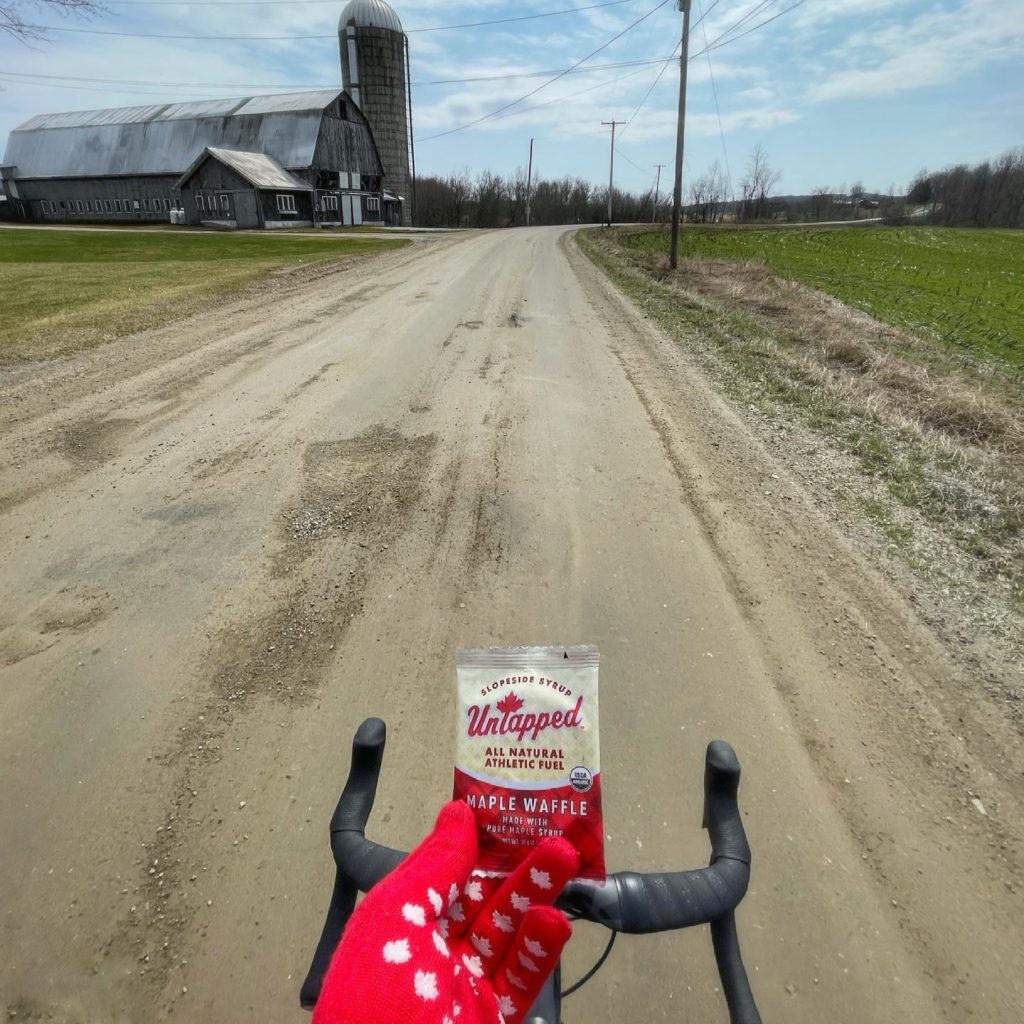
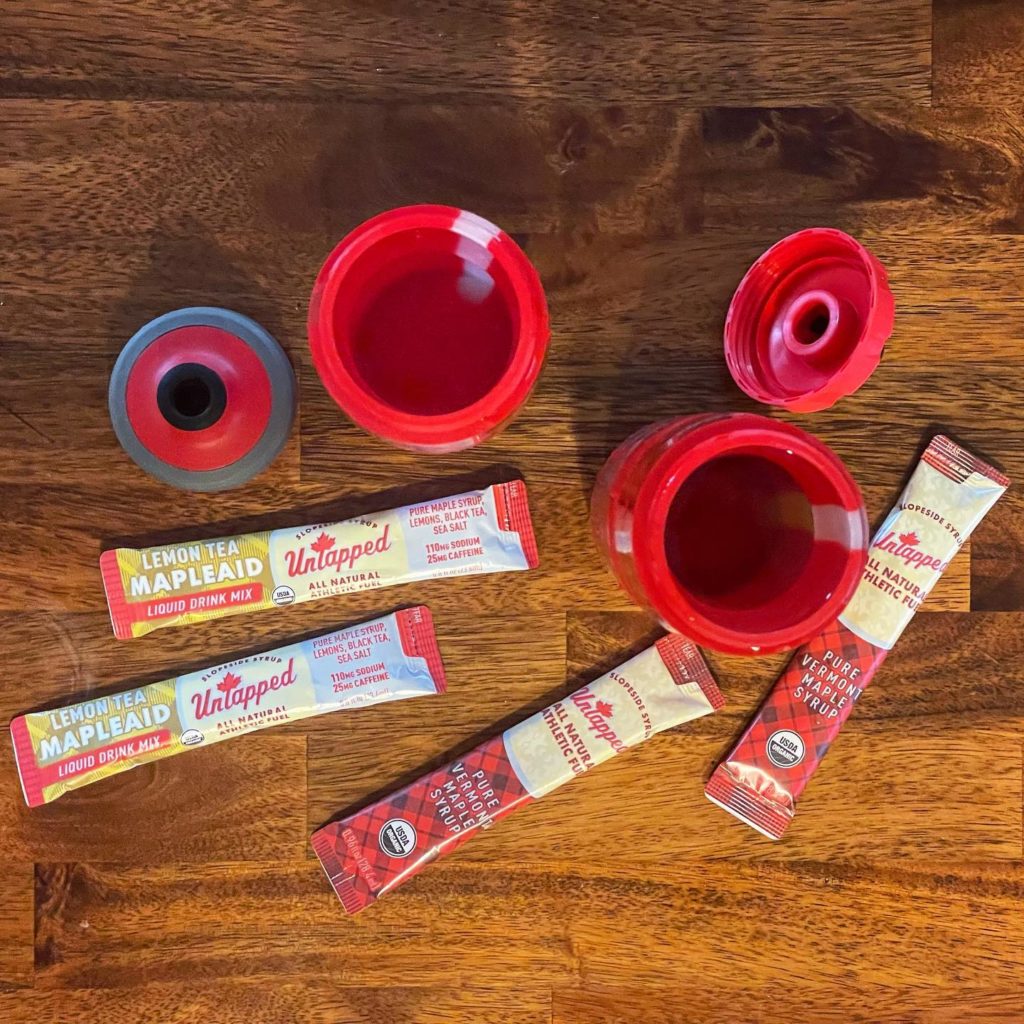
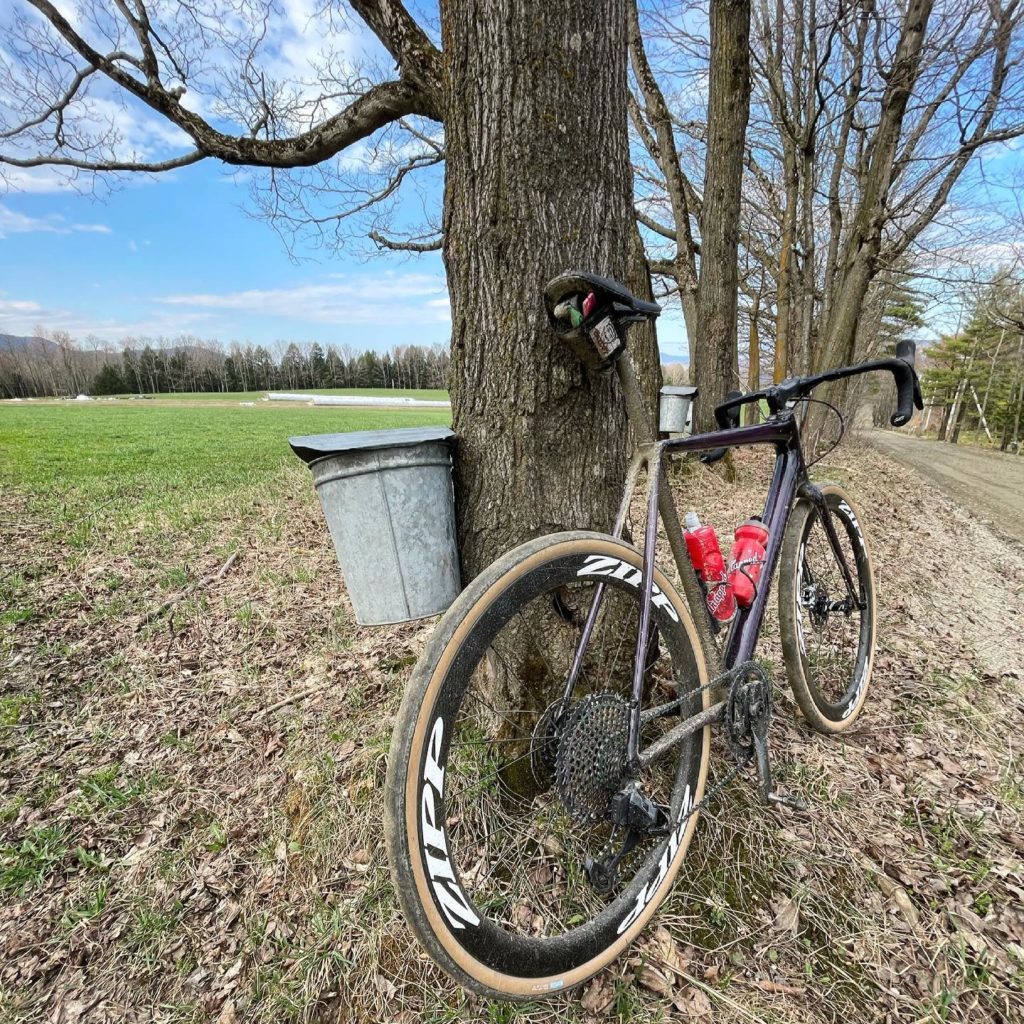
Despite the modern day reliance on paying for things with your phone (oh, yeah, we recommend riding with your phone), cash is king and therefore it’s a good insurance policy to keep a $5, $10, or $20 bill in your bag. Worst case scenario, you forget about it for two years so when you do finally find it it’s like winning a very tiny lottery.
Other extraneous things to remember: a light. Or front and rear light if you’re going deep into the night. Maybe it goes without saying, but a water bottle is something not to forget. A cycling computer isn’t mandatory, but can sure be a help. A spare 2032 battery since they’re seemingly in most cycling electronics. A replacement chain link and the ability to know how to replace a kinked link isn’t a terrible idea. It sure will be rare that they’re mandatory, but a short Voile strap and/or foot of electric tape or duct tape has been known to save a ride. And at this point, we’re really working hard to think of things to bring, so if you’re trying to truly pack it all, then a mini bottle of chain lube is probably worth taking along too.
$34.95
Lemon Tea Mapleaid Single Serve
$2.19 – $36.95 — or from $1.86 – $31.41 / month for 3 months
$2.39 – $36.95 — or from $2.03 – $31.41 / month for 3 months
$2.19 – $36.95 — or from $1.86 – $31.41 / month for 3 months
$10.95 – $14.95

